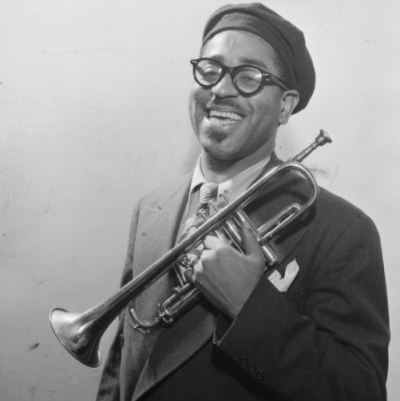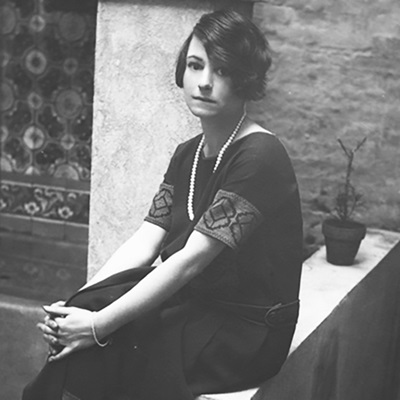“Eight is Great!” – a playlist by Bob Hecht
The cover of the 1959 album The Greatest Trumpet of Them All by the Dizzy Gillespie Octet. A song from the album, “Just by Myself,” is featured on Bob Hecht’s new 28-song playlist – this one devoted to octets.
...June 24th, 2025























































